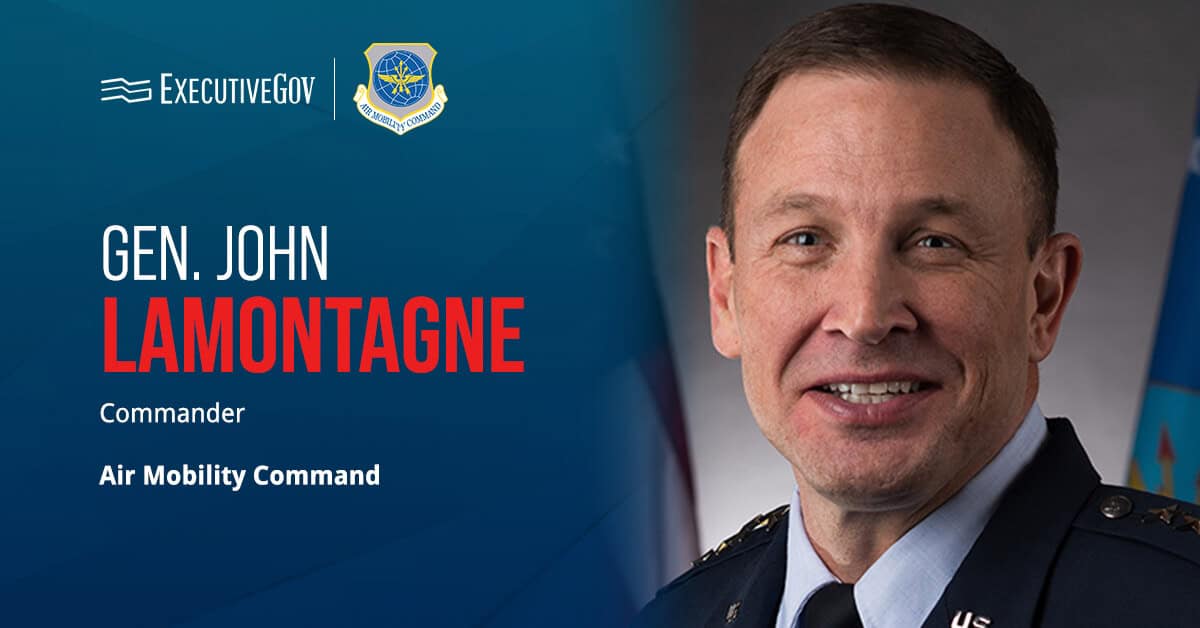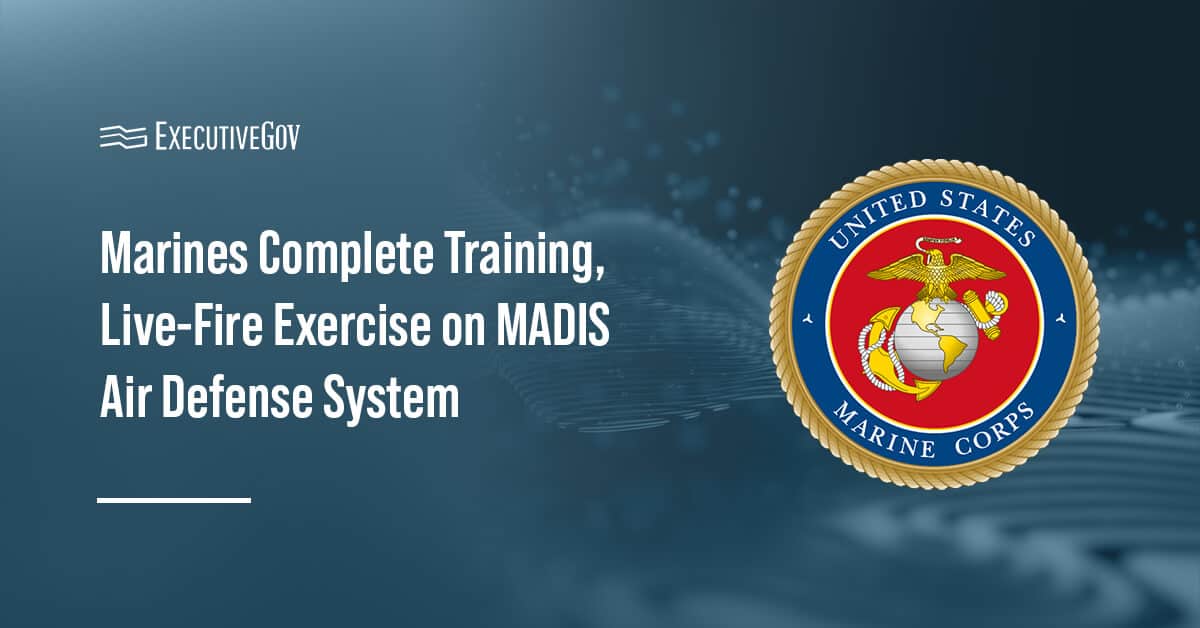
The U.S. Navy is set to commission LCS 13, the littoral combat ship to be named USS Wichita, on Jan. 12 at Naval Station Mayport, Fla., the ship’s designated homeport. Kate Lehrer, wife of Wichita-based former news anchor Jim Lehrer, will order the Freedom-variant LCS’ activation as the ship’s sponsor, and Sen. Jerry Moran, R-Kan., will administer the ceremony’s principal address, the Department of Defense said Wednesday.
The future USS Wichita, designed as an LCS, is geared to deter mines, underwater vessels and fast surface vessels at near-shore scenarios. The ship is the third to carry Wichita’s name, following a replenishment oiler and a heavy cruiser.
Lockheed Martin leads the development of Freedom-variant ships.





